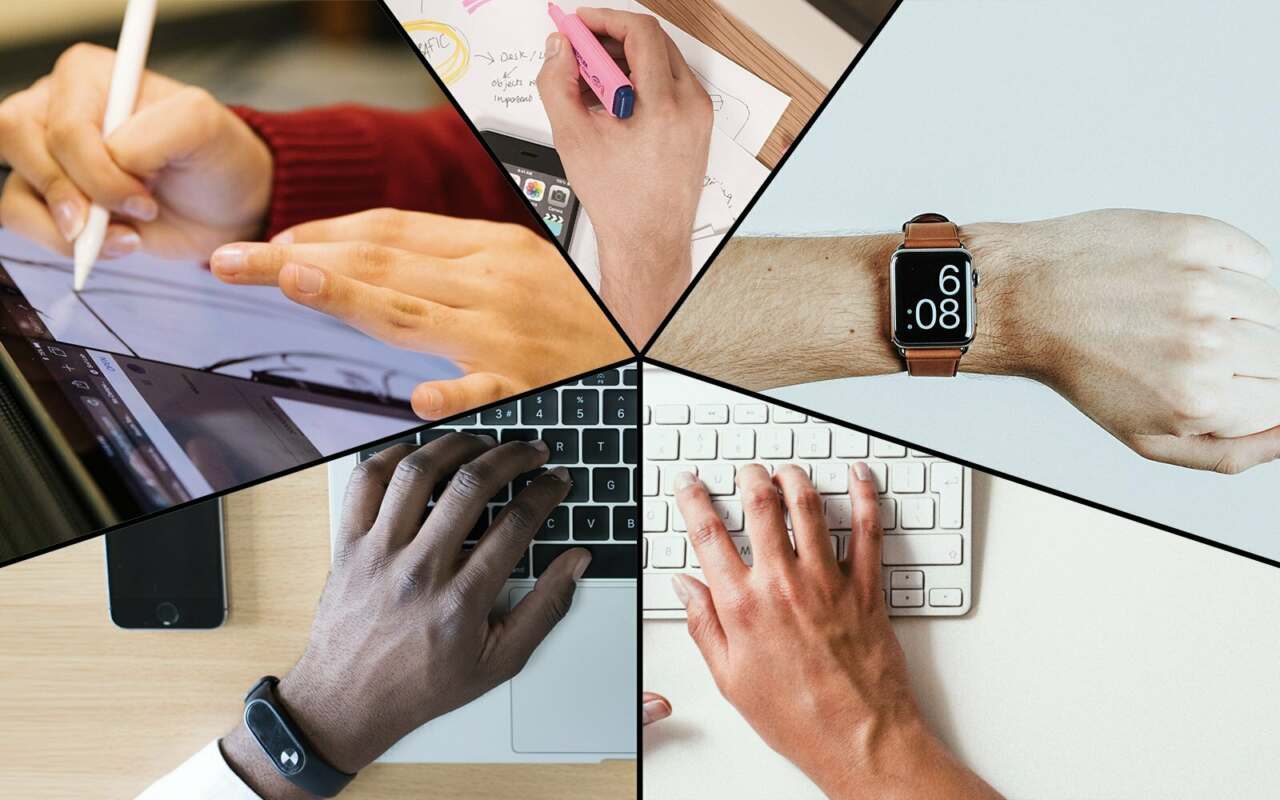Our Thoughts: Drawn Philosophy

The Drawn Brand | Brand Pillars
Brands can be fragile, so it’s important to anchor them with rock-solid foundations.
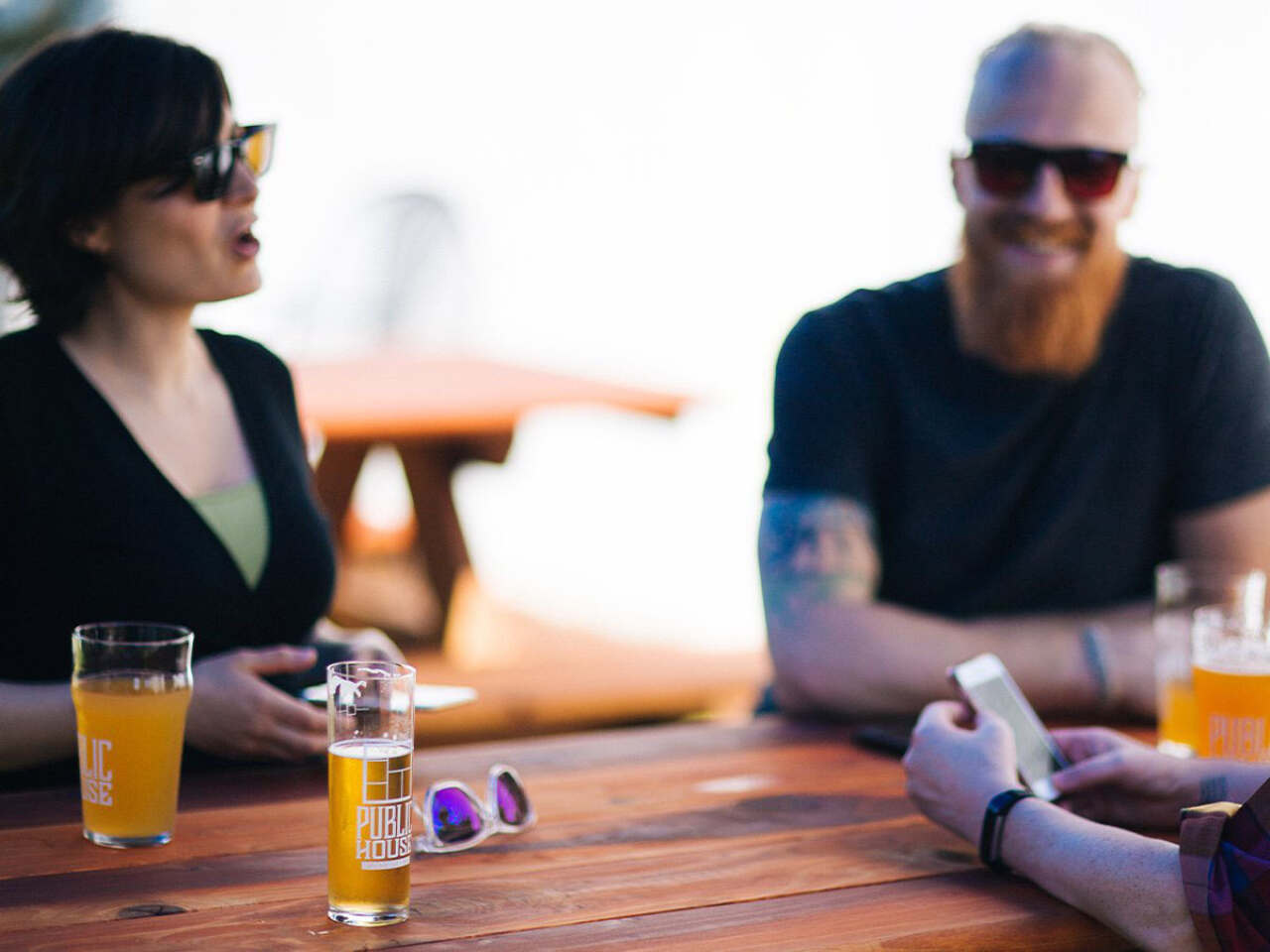
Designing Digital Experiences that Feel More Human with Porter
Design thinking has helped us to build technology that enhances human experiences, rather than dissolving them.

Why Authenticity Matters Part 2 | For Business
Authenticity is a smart business move — it earns trust and leads to efficiency and, in turn, profits.
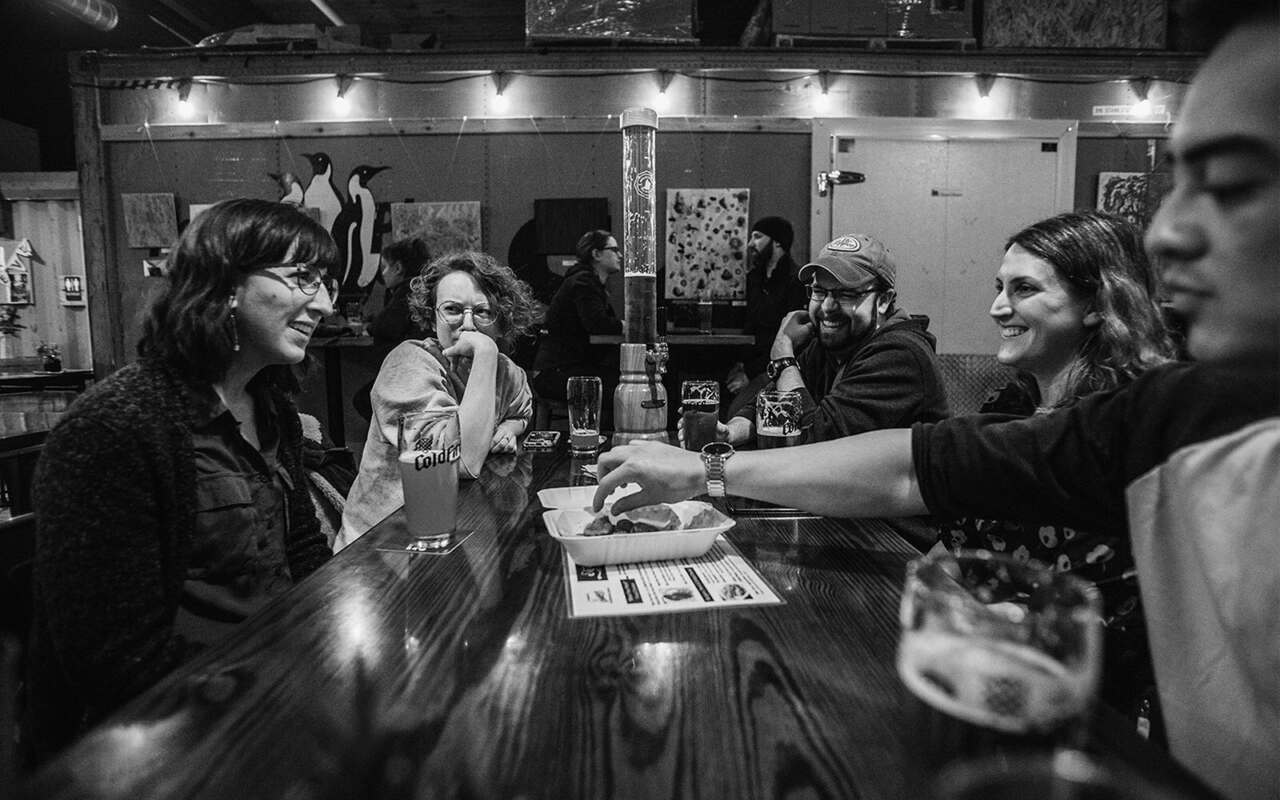
Why Authenticity Matters Part 1 | For Brands
Authenticity is more than just a buzz word. It’s a business strategy.

La Familia: How Siete's Culture Influences Everything They Do
Siete Family Foods is a family-owned and operated CPG company that does things a little differently, putting family first, family second, and business third. The results are pretty remarkable.

Porter | Alignment Unlocks Potential
How the hunt for alignment led to a “quiet set of helping hands” for the restaurant industry.
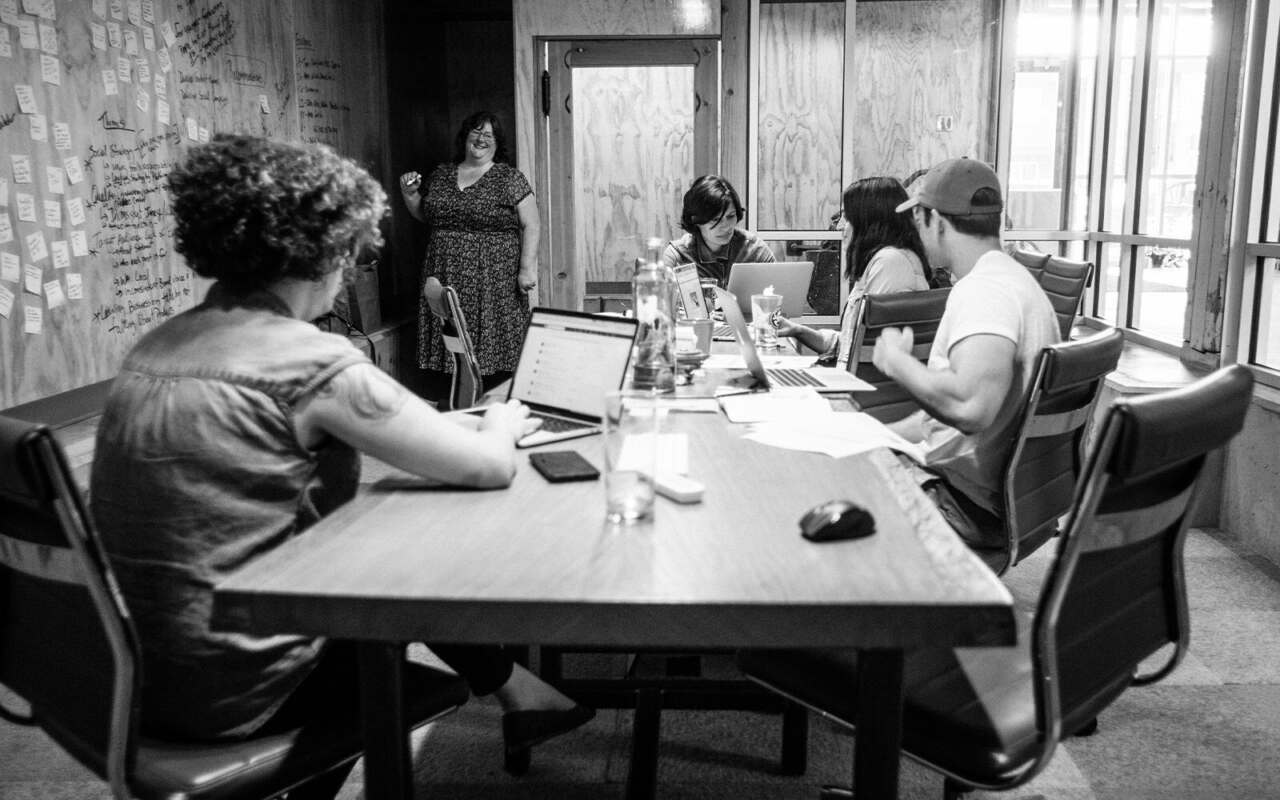
Why Brand Audits Matter
Sometimes, you need an unbiased eye to tell you where your strengths and weaknesses are. With a brand audit, Drawn can help reveal things about your brand that you may not be able to see on your own.
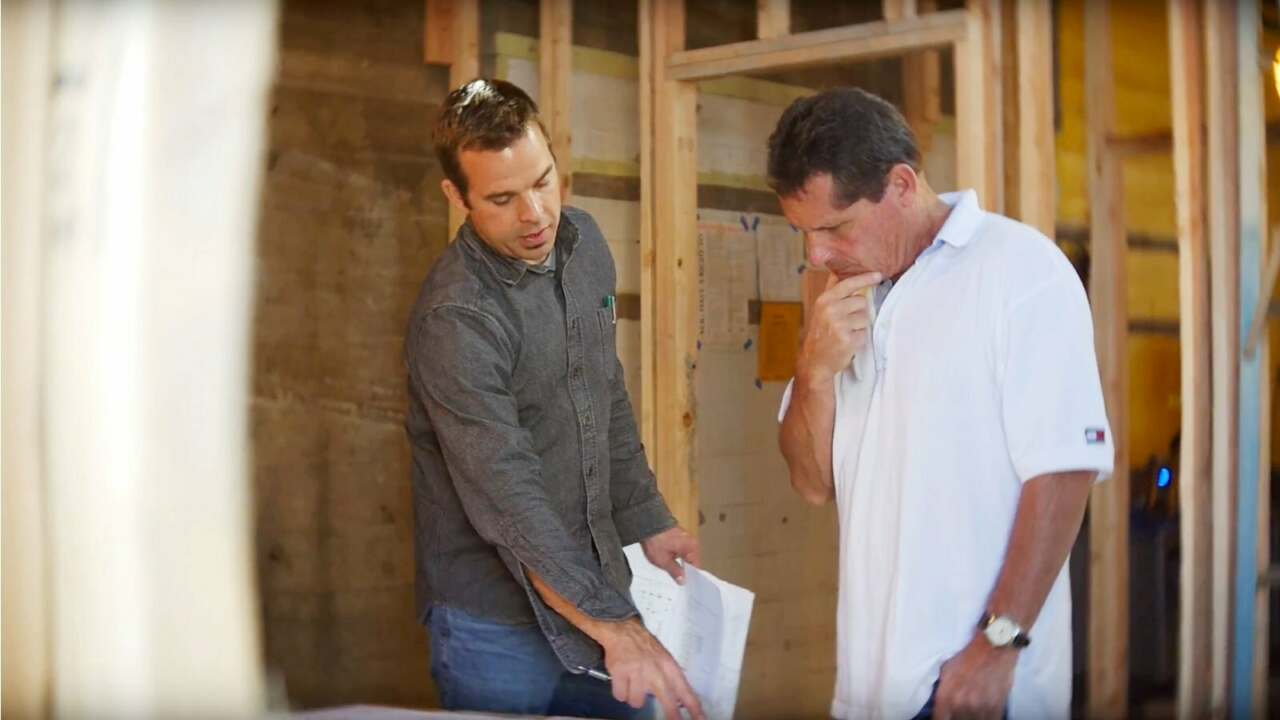
Drawn U | Interdisciplinary Design
When appreciation for the philosophy of design meets authentic, instinctive design thinking, good things happen. We believe that the best design is second nature and comes from truly embracing interdisciplinary thinking.

Human-Centered Design is Just Good Design
Human-centered design — a wholistic approach to problem-solving and design that allows room for empathic understanding and iterative prototyping — is really just good design. Period.

The Value of the Back Porch
Asking the right questions in the right setting can have a huge impact on the quality of information that you collect.

Why You Should Allow Room for Tacit Decisions
Hunches happen. They can be used as a valuable decision-making tool and, at the very least, they're worth a quick assessment.
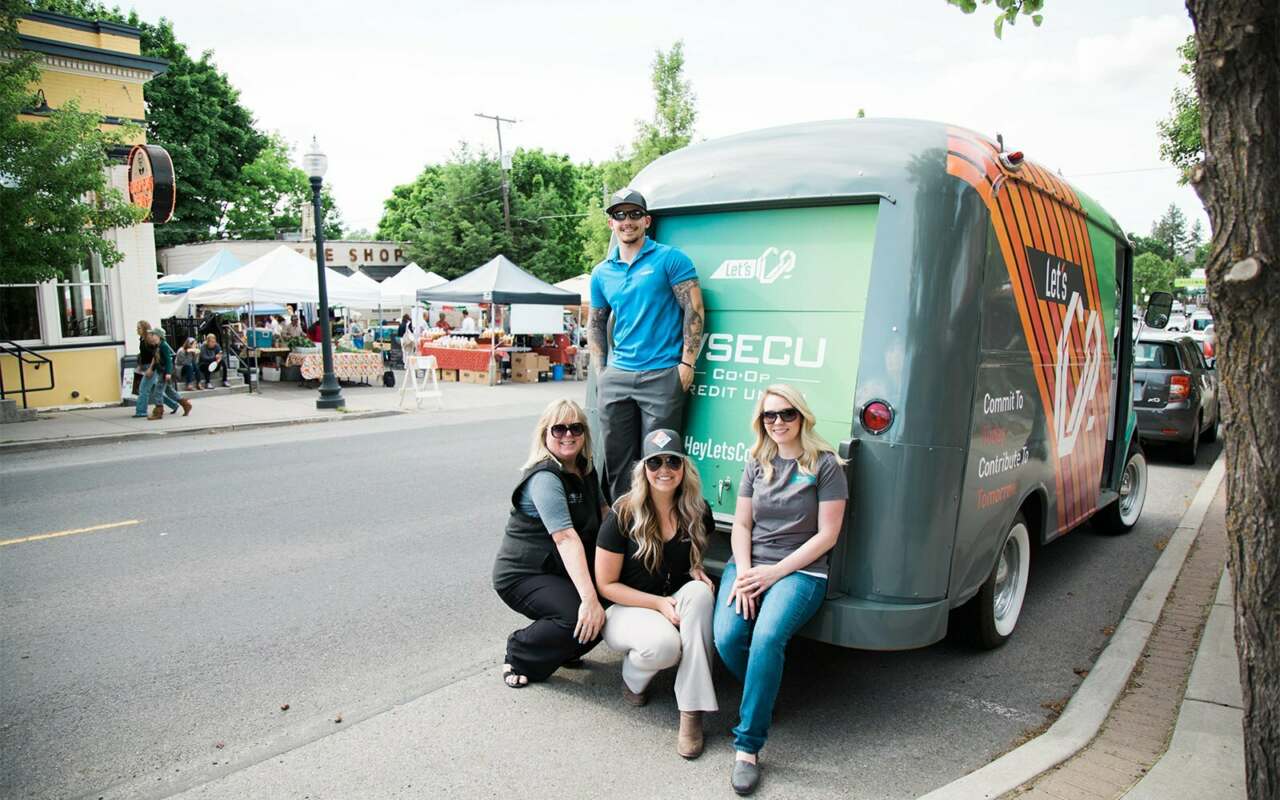
Think Big — Think Wholistically
Engagement's about more than taps on a screen. Ideally, it's synonymous with meaningful experience(s) and human connection. Shifting perspective. Leaving an impression. And it's worth doing it right.

Good Design Evolves
If you want to create a product or service or brand that people are drawn to, you have to give it room to mature. Because chasing for attention doesn't look good on anyone.
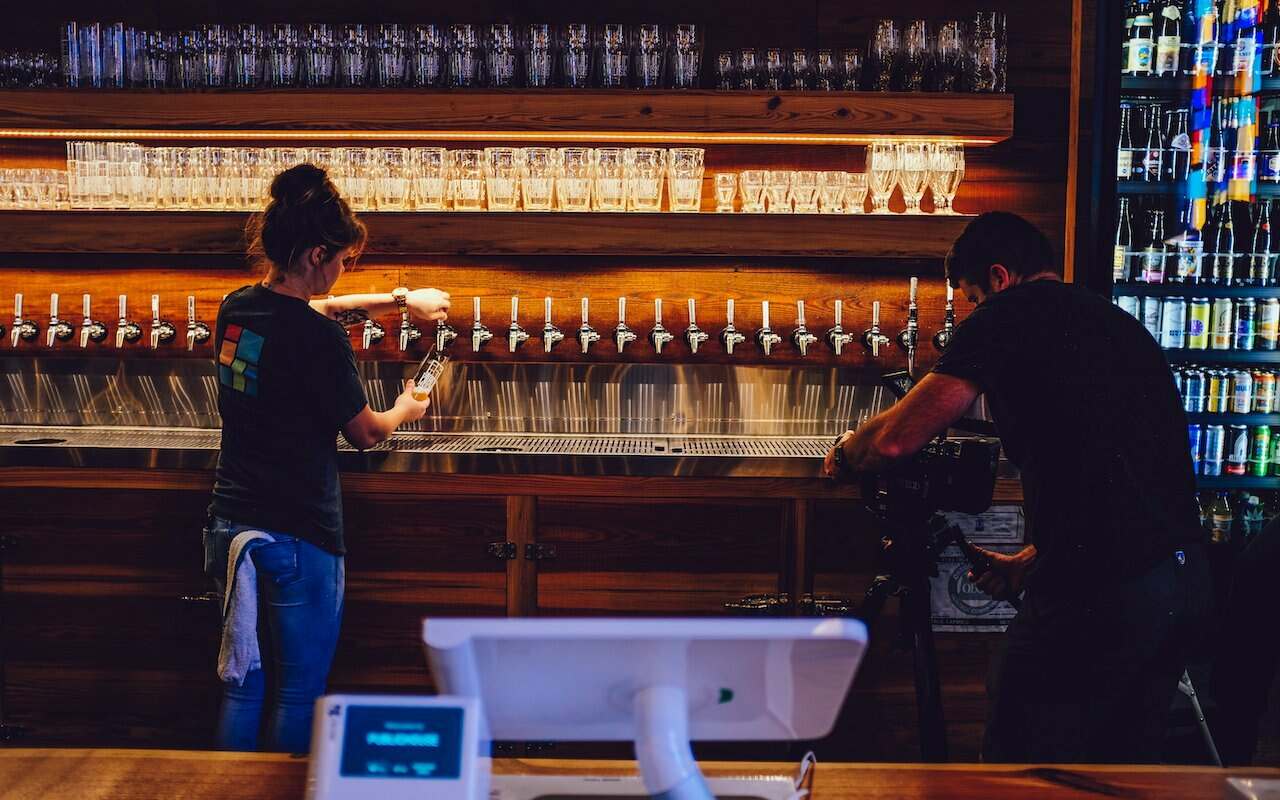
Show, Don't Tell
Brands are made up of far more than "About Us" statements. It's their actions, their visual choices, the stories they tell that really tell us who a brand is.

Sympathy for Empathy
It doesn't really matter whether you're employing sympathy or true empathy in your search for innovative solutions; it's the commitment to real context that is fundamental to the design thinking process.
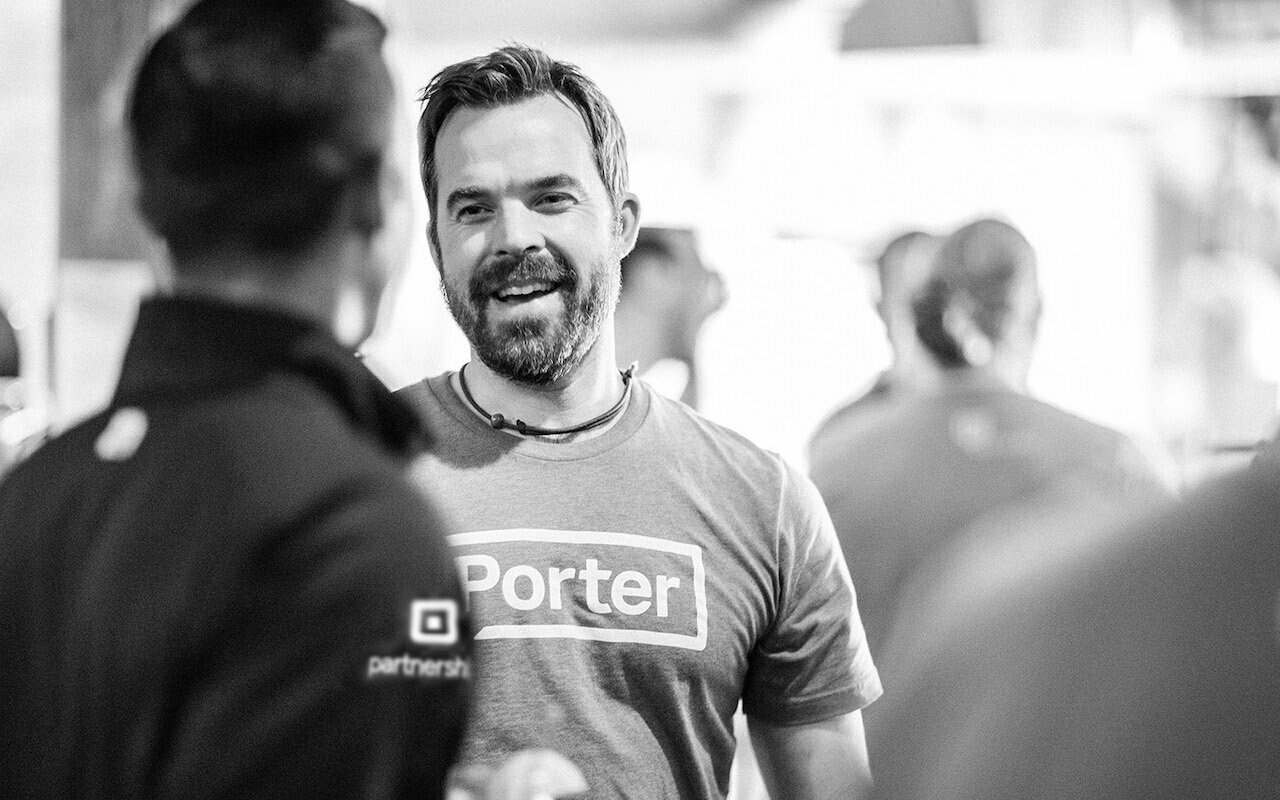
Developing Brands for the Experience Economy
Developing brands for a public that prizes experiences requires an internal culture that's committed to design thinking, which helps keep an empathetic finger on the pulse of those on the street.

Thinking About Design Thinking 5: From Macro to Micro
There are three levels of design thinking and you’ve got to work through them in the right order, or the whole process will be flawed.
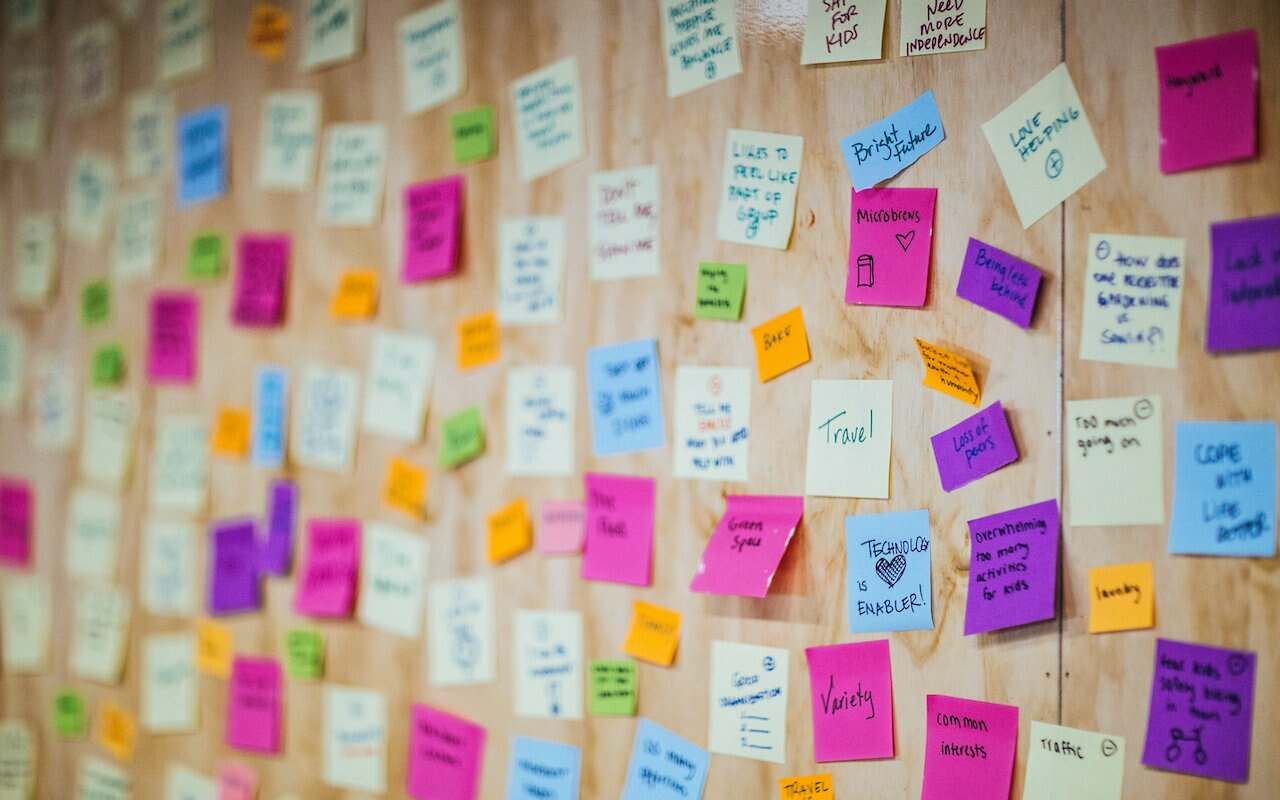
Thinking About Design Thinking 4: Sticky Notes Do Not a Design Thinker Make
Sticky notes alone won’t truly solve your problems — that takes a willingness to follow through on the complete design thinking process.

Thinking About Design Thinking 3: We’re All Designing Some Kind of Solutions
While I’m wary of the term “designer” becoming diluted, there are many in other (non-design) fields who practice design thinking and, maybe, should be considered designers, as well.
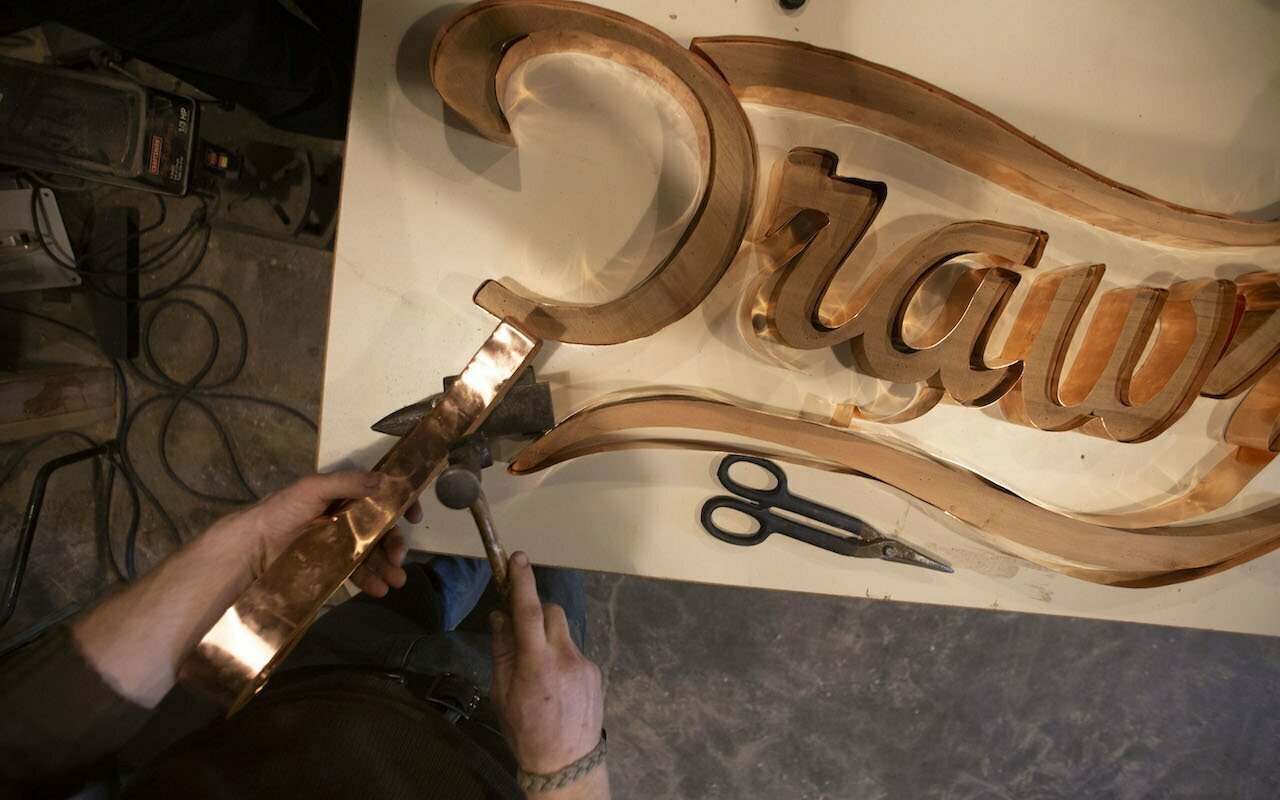
Thinking About Design Thinking 2: “Designers” are Everywhere These Days
There are more and more people out there with “designer” in their job titles, but does this change the way we define design?
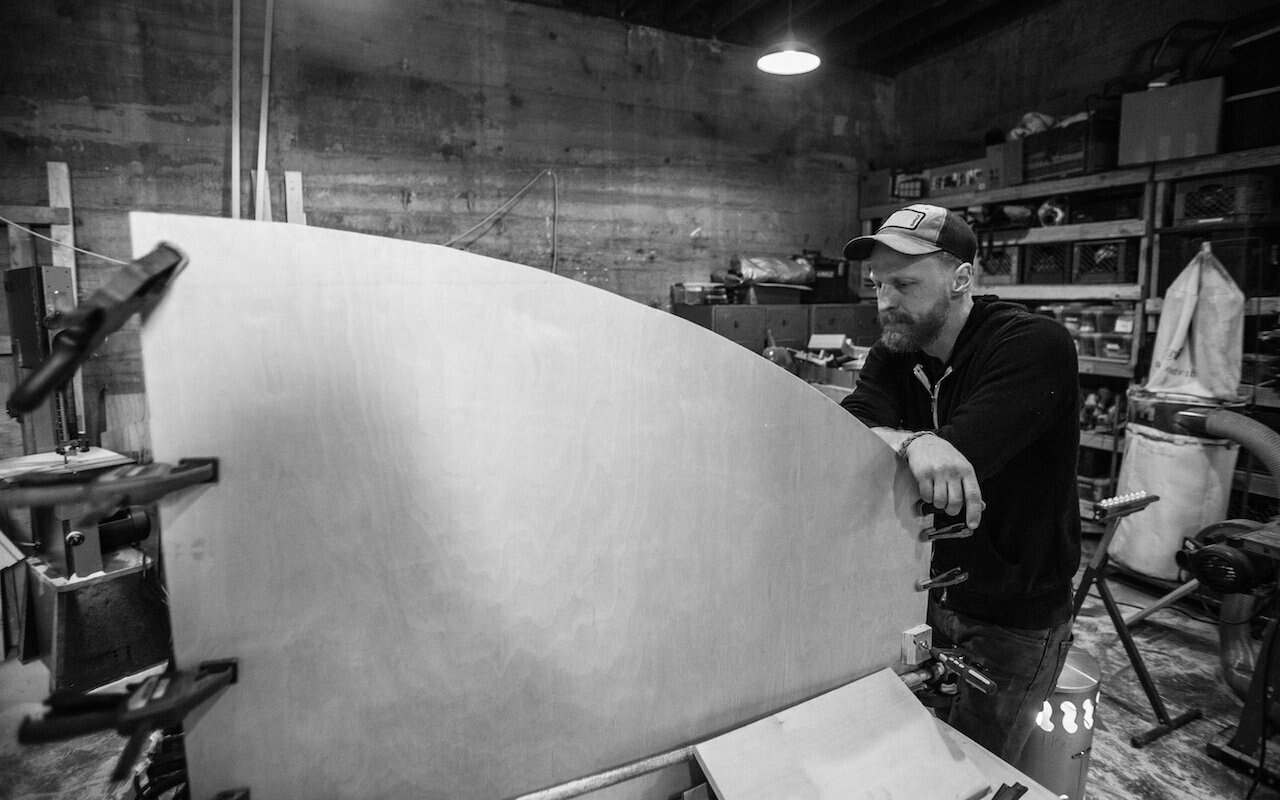
Thinking About Design Thinking 1: We're Basically Philosophers
Aristotle's academy aimed to explore and expand our understanding of how things worked, to find connections and solve problems. That's not so different than what we do as practitioners of design thinking.
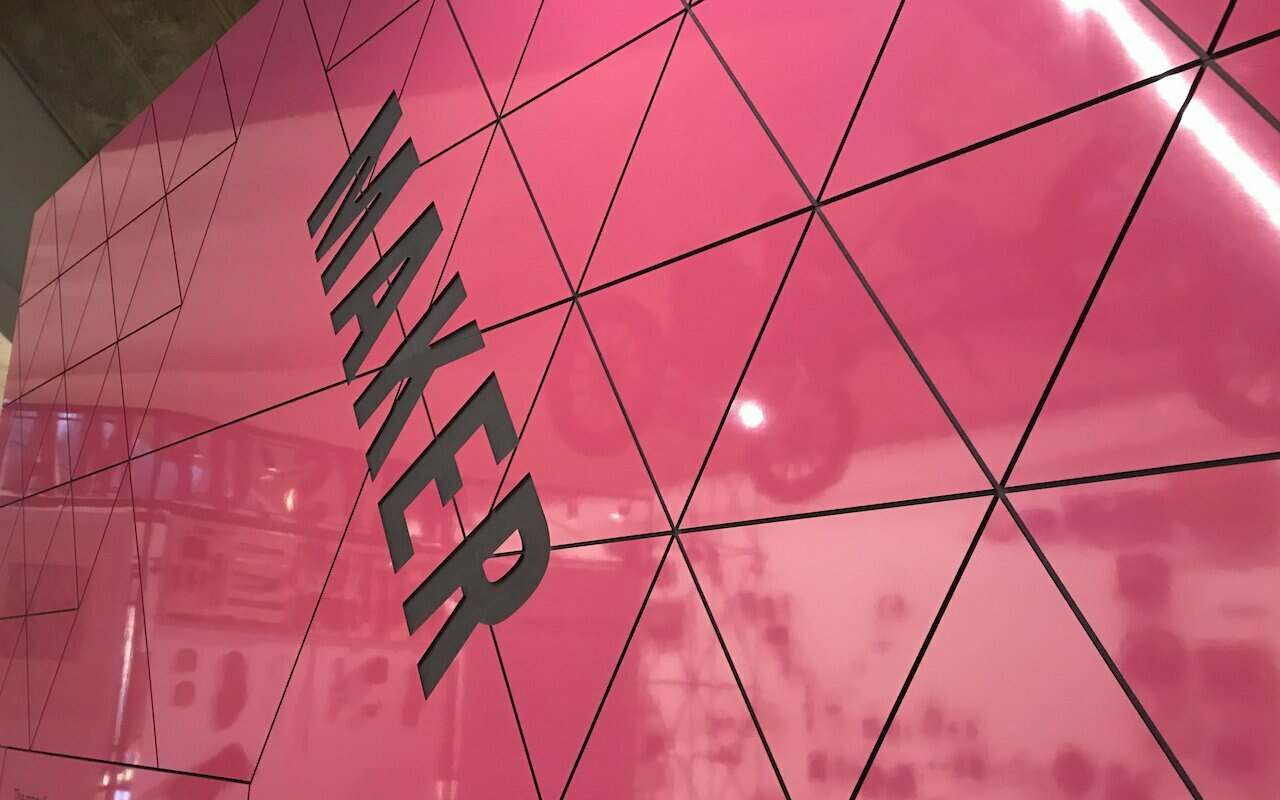
Good Design is Timeless
Timeless design is something that we're forever chasing and very rarely capturing. It doesn't succumb to passing trends. It feels accessible and elegant at the same time. It's simple, but not simplistic. Perhaps most importantly, it honors the fundamentals of our craft.

Why Brand Equity Matters
Our brands gain equity through smart investment. Sometimes, we're rewarded for risk while other times, it pays to err on the side of caution.
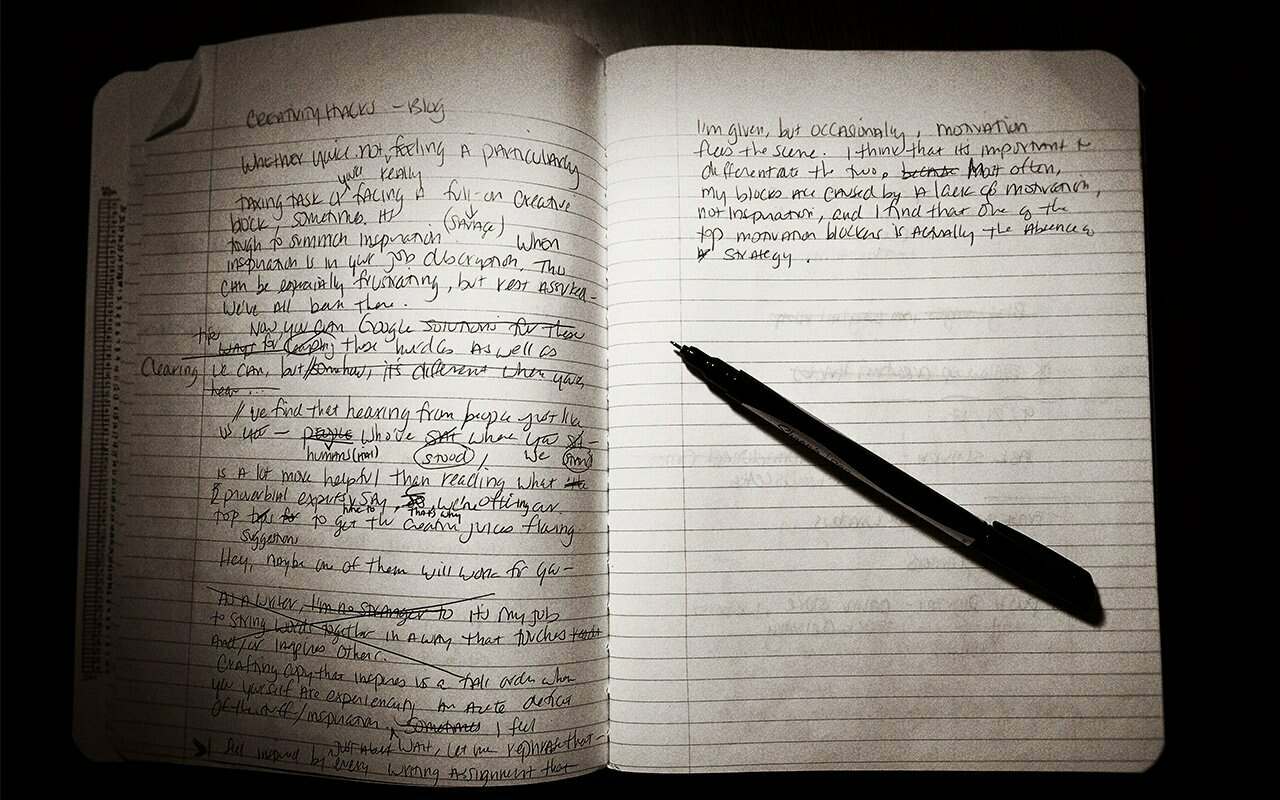
Why Words Matter
In contemporary culture, a picture really does seem to be worth a thousand words (or at least a thousand likes). But can a word ever be worth a thousand pictures? We think so — if it's the right one.
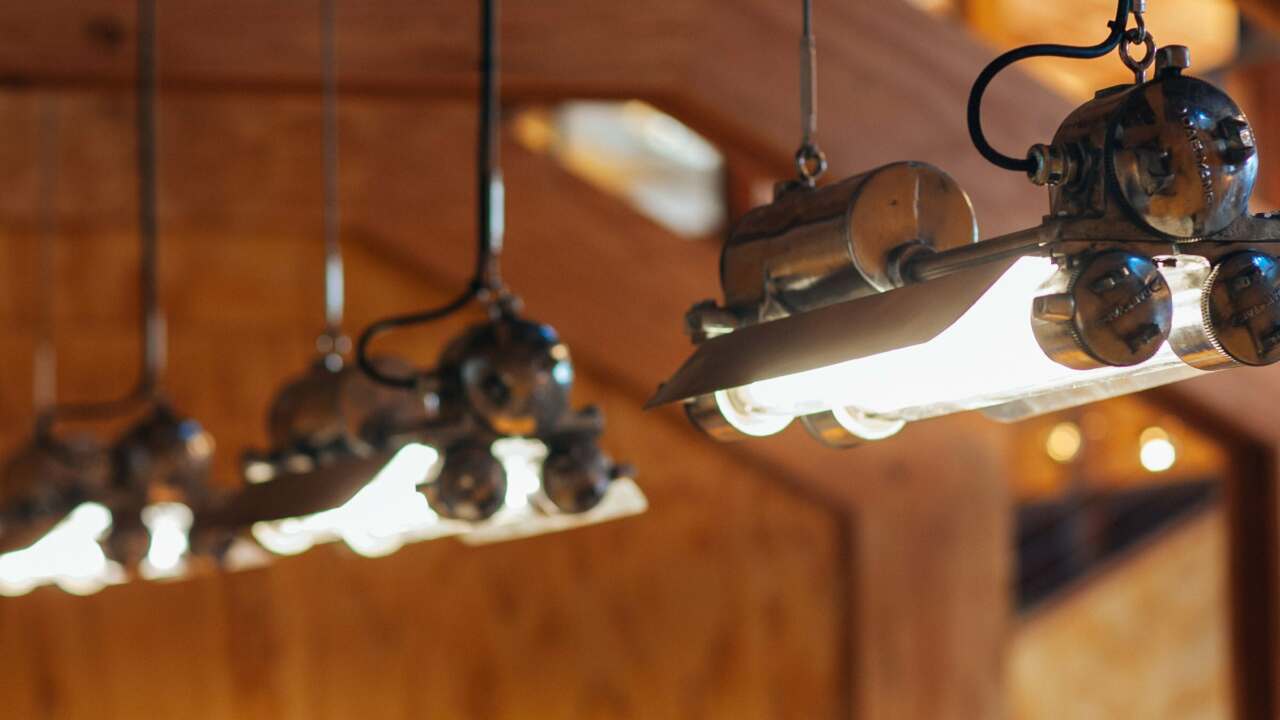
Why Texture Matters
Whether created by time or intention, texture tells a story; it can reveal an object's true nature. So, can texture inspire better design?

Symmetry: Sophisticated or Simplistic?
While symmetry has its merits, it can also prove a restriction when it comes to design. Here, we explore both sides of the symmetry debate — where do you stand?
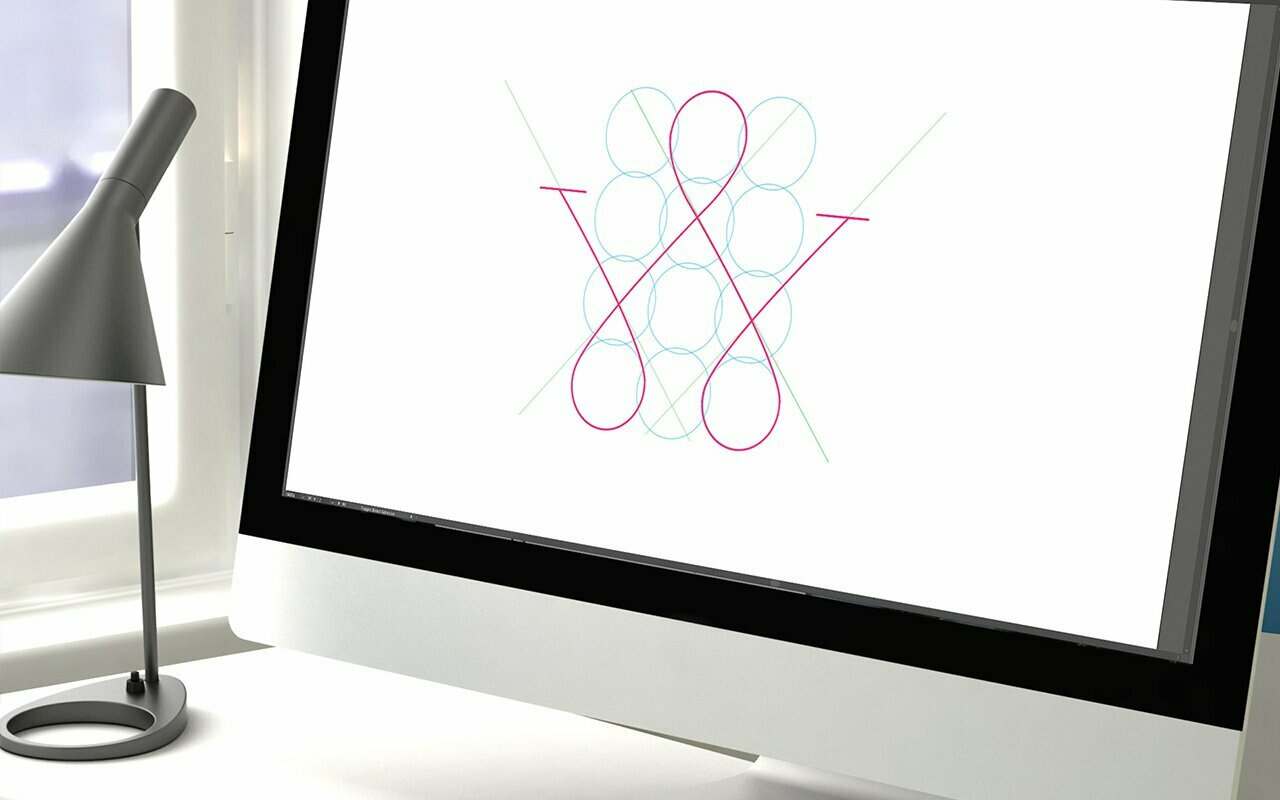
Why Design Matters
Whether you're working with plenty of time and an unlimited budget or quite the opposite, there's a lot more to effective design than vectors.
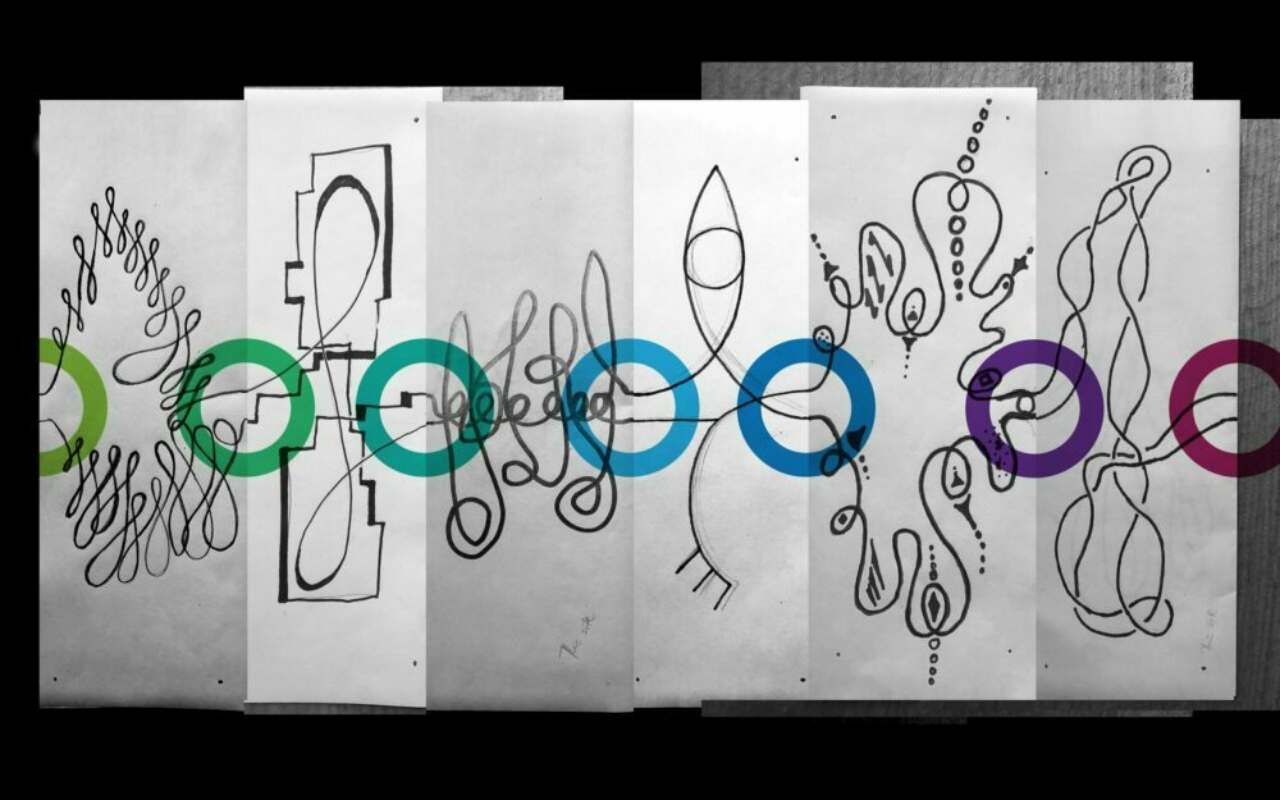
Uniquely the Same
Our team members' backgrounds are literally all over the map, but our values are tightly aligned and the result is smooth collaboration bolstered by a vast diversity of experience.

Authenticity in the (Re) Making: A Sociological Timeline
The cultural shift that gave rise to truth in marketing and why honesty is good for your brand.

3 Ingredients of a Great Promise
Know how to make smart promises to your audience and deliver services that exceed their expectations.

Faux Efficiency
Why expending more time and energy up front is a better route to true efficiency than seeking simple (and rapid) solutions.
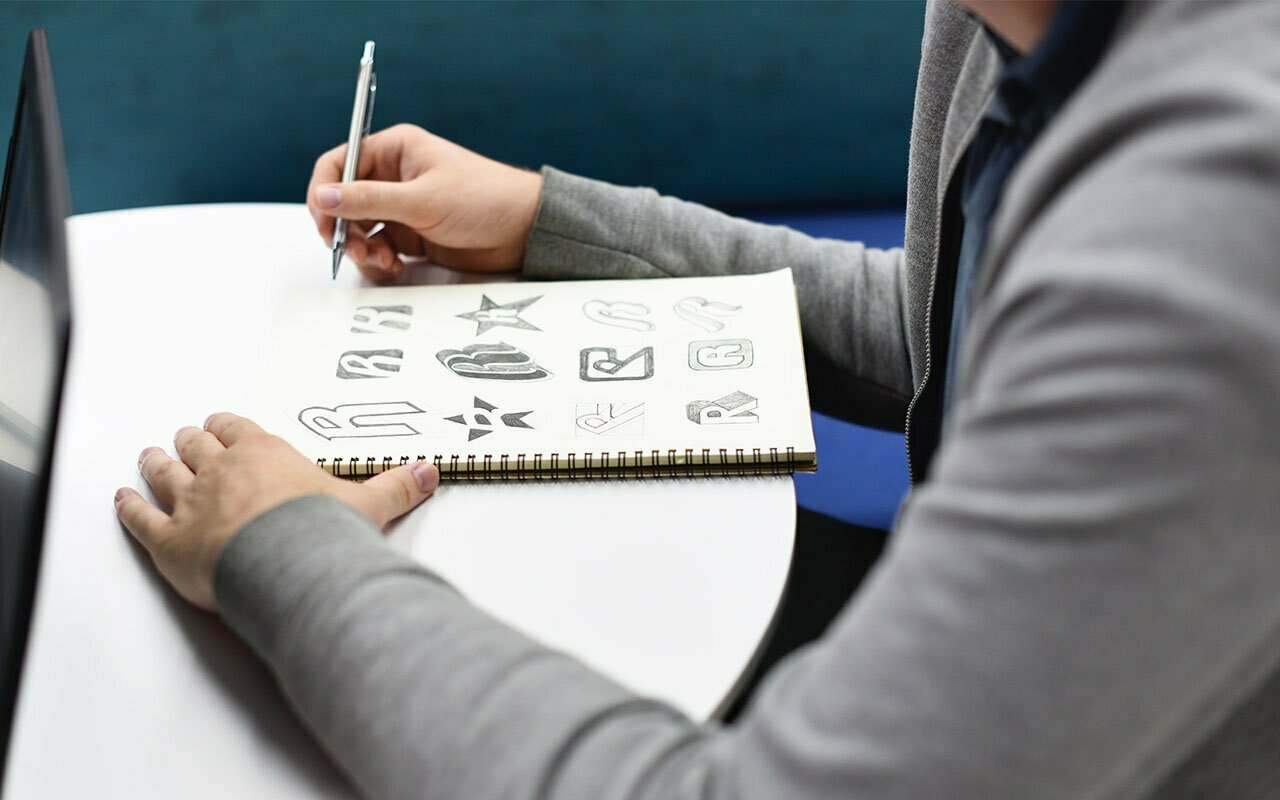
Stealing Originality
There may be no such thing as a truly original idea, but inspiration can spark evolution, leading to fresh designs and concepts. Just be wary of theft — it's lazy and won't pay off in the long run.
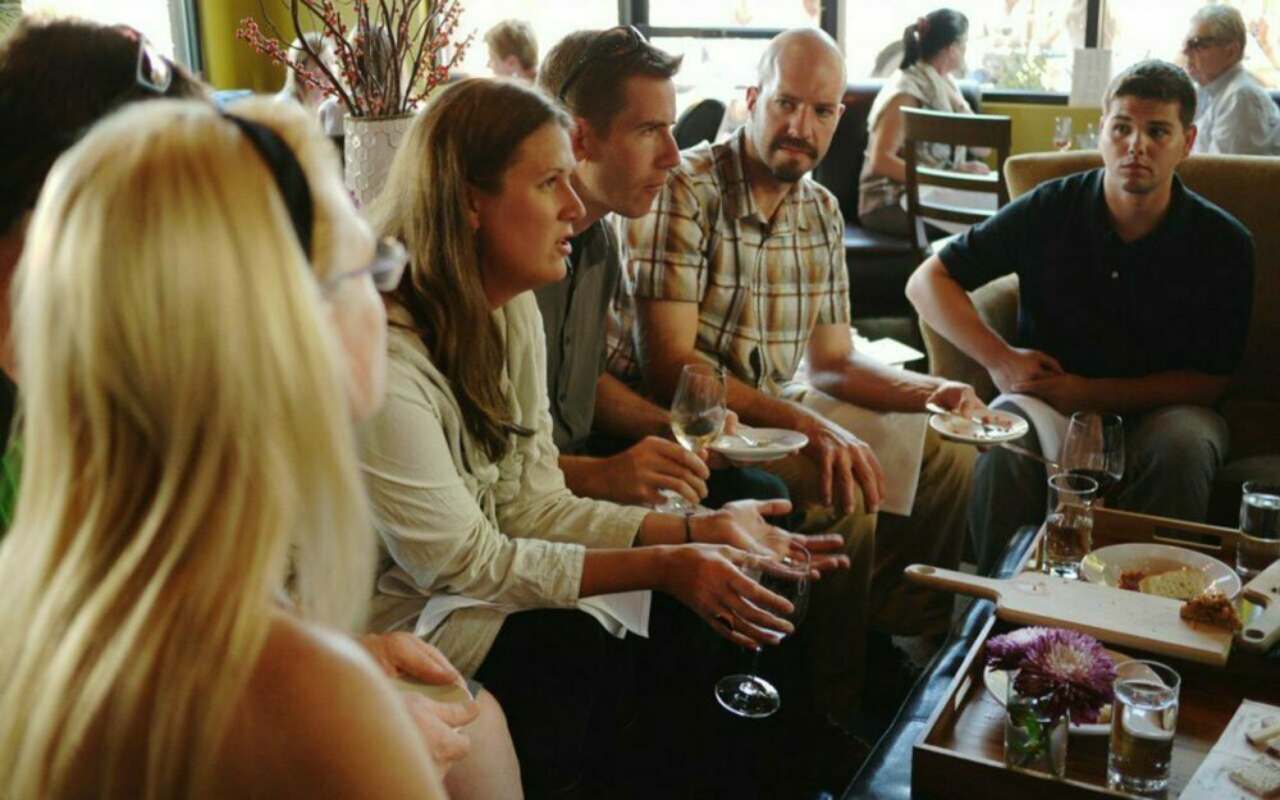
How 'Unfocus Groups' Offer Unique Insights into Audiences
We found that traditional focus groups have their limits, so we took our research methods outside the box.

